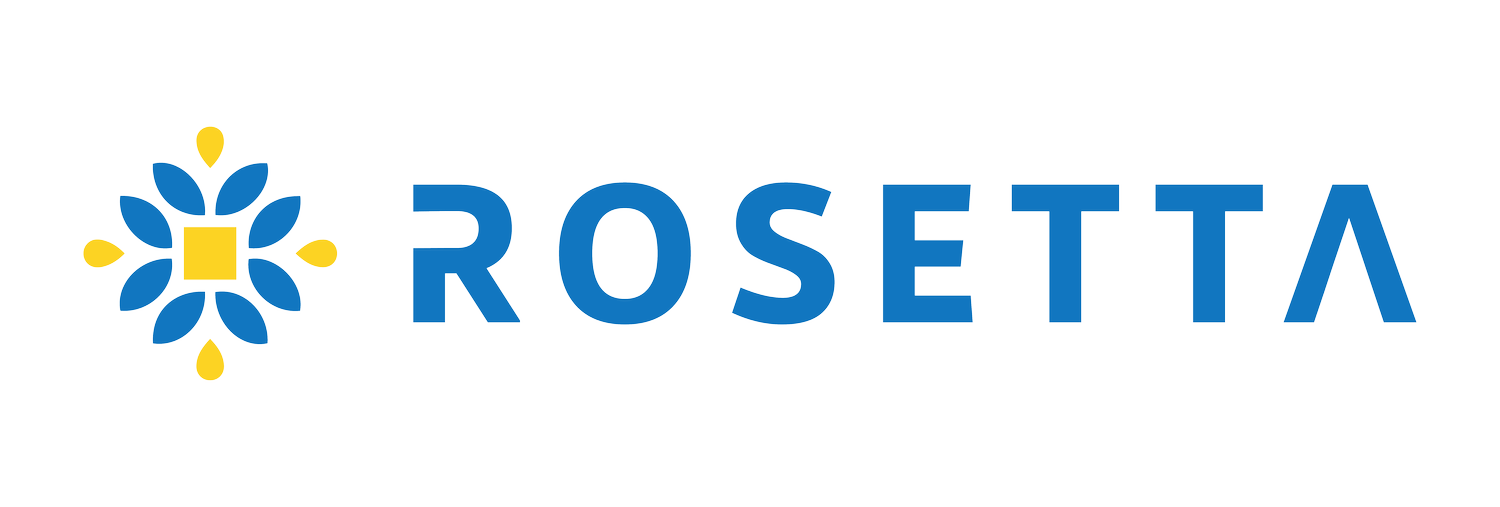Egypt’s Strategic Approach to Gas: Karim Shaaban Speaks to Asharq Business | Bloomberg
In an interview on Asharq Business | Bloomberg, Karim Shaaban, Managing Director of Rosetta Energy and Executive Committee Member and Chair of the Coordination Committee at the International Gas Union (IGU), offered an in-depth look into Egypt’s current and future position in the global gas market.
Breaking Down Egypt’s Gas Supply Landscape
Karim began by explaining that Egypt’s daily natural gas demand is expected to range between 6 to 6.5 billion cubic feet. This demand is met through three primary sources:
Domestic Production – Though recent declines have occurred, fields such as Raven (operated by BP) have recently come online, helping to stabilize output. The Ministry of Petroleum, under the leadership of Minister Karim Badawi, is actively working to increase production levels as well.
Pipeline Imports – Egypt currently imports approximately 1.2 billion cubic feet per day from neighboring countries, with expectations to increase this to 1.6 billion by the end of 2025.
LNG Imports – Egypt has successfully received its first FSRU (Floating Storage Regasification Unit) capable of handling 500 million cubic feet per day. A second, larger unit is expected before the summer with a capacity of 750 million cubic feet per day.
Combining these sources, Egypt is on track to close its short-term supply gap and ensure energy security through 2025 and beyond.
Why LNG Matters – And Why It’s Strategic
Karim emphasized the strategic role of LNG in Egypt’s energy mix. While pipeline gas serves nearby needs, LNG is essential for long-distance transport of natural gas. By liquefying natural gas, volumes are compressed by over 600 times, allowing for efficient global trade. Upon arrival, LNG is regassified and can enter the national network for industrial and power sector use.
Egypt’s use of FSRUs is especially important, offering flexibility, fast deployment, and mobility. “In the long term, onshore terminals are more cost-effective,” Karim explained, “but floating units allow us to respond quickly to market needs.”
He added that Egypt already possesses two liquefaction terminals in Idku and Damietta, providing the infrastructure backbone to potentially transition into export of natural gas, highlighting the country’s adaptable energy strategy.
LNG Outlook and Global Trends
With global LNG prices currently near $13/MMBtu (based on TTF benchmarks), Egypt’s anticipated 60 LNG cargoes in 2025 would be valued at around $3 billion based on current market prices. However, Karim remains optimistic:
“By 2030, we expect a price correction due to new supply from Qatar and the U.S., increasing global LNG capacity by over 40% and rebalancing markets.”
He also noted that a return of Russian gas to European markets could place further downward pressure on prices.
Egypt’s Seasonal Advantage
A unique strength for Egypt lies in its seasonal consumption profile. Unlike Europe, where gas demand peaks in winter for heating, Egypt’s peak is in the summer for cooling. This allows Egypt to potentially export gas in winter—when global prices are higher—and import in summer when prices drop. This strategy could turn Egypt into a seasonal LNG exporter, optimizing both economic and energy efficiency.
Infrastructure Strength
Finally, Karim highlighted Egypt’s well-developed gas infrastructure as a competitive advantage:
A vast national pipeline network.
Quick field-to-production timelines.
World-class import/export terminal readiness.
These factors position Egypt to be a regional LNG hub and an adaptable energy leader in the face of global market shifts.
📺 Watch the full interview here: https://www.youtube.com/watch?v=RCx2xiM0vOs

